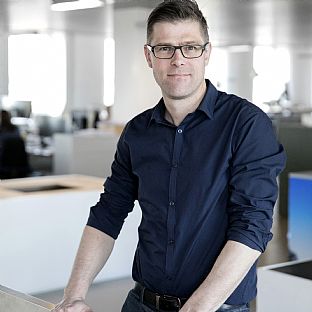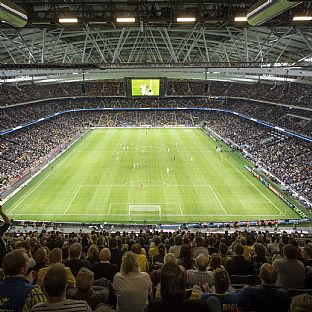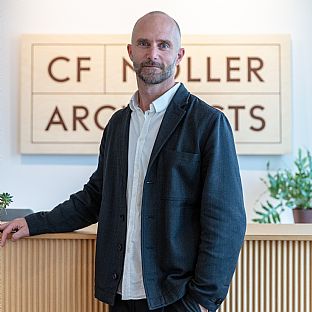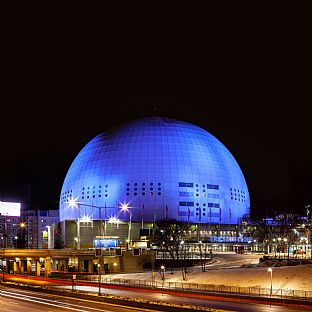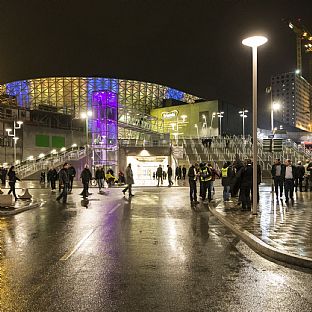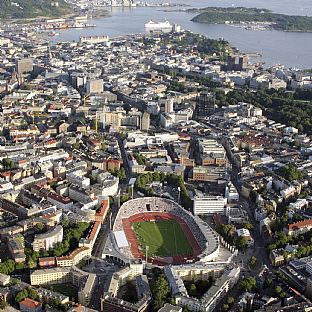The sustainable stadium
Daily and varied use makes demands on a sustainable building - both in terms of operation and maintenance and the construction itself.
"At C.F. Møller, we generally focus on creating sustainable buildings, for example we work with wood as a construction material, which is CO2-saving, and we make LCA (Life-cycle Assessment) analyses to minimise the total energy footprint in relation to production and operation. It's also about making the most of a stadium's roof surfaces and collecting rainwater, which can be used to irrigate the pitch, for example, but also ensuring good conditions for daily users, including good daylight conditions. Working with sustainability and well-being is an integral part of our work, and we have developed our own internal programmes and methods that create optimal results and savings in the design phase itself," says Klaus Toustrup.
The design of the arena of the future thus requires experience, good and proven methods in combination with visionary ideas, architectural expertise and the use of the latest technology to create a sustainable arena that solves a number of tasks and at the same time has an aesthetic expression that will last far into the future.
In addition to Parken in Copenhagen, Bislett Stadium in Oslo, and Avicii Arena and Friends Arena in Stockholm, C.F. Møller is also behind Eleda Stadium in Malmö, Sweden, and Randers Stadium in Denmark. The latter two are smaller stadiums for football only and focus on the intense football experience.
Friends Arena
Avicii Arena
Eleda Stadium
Bislett Stadium
Parken
